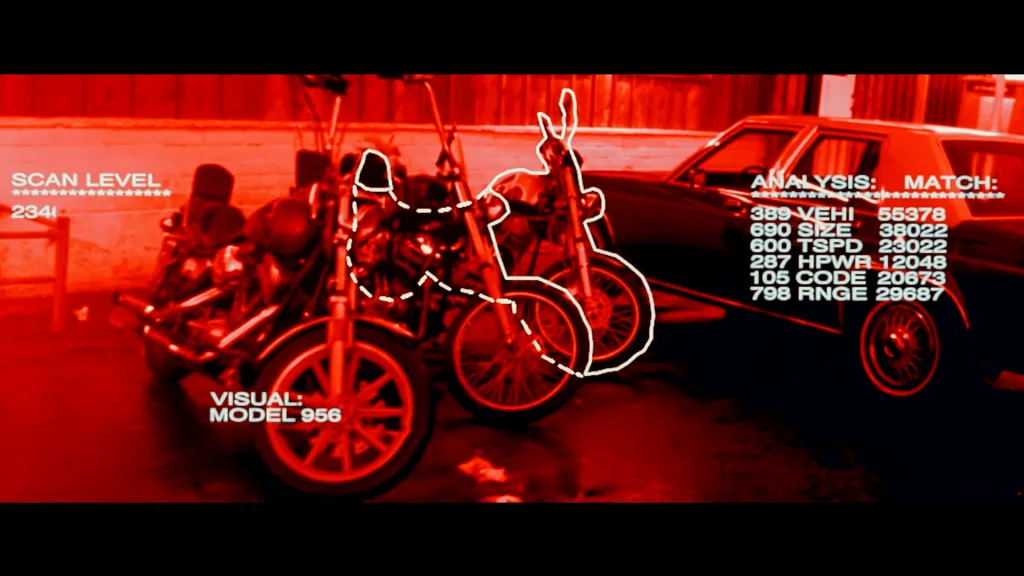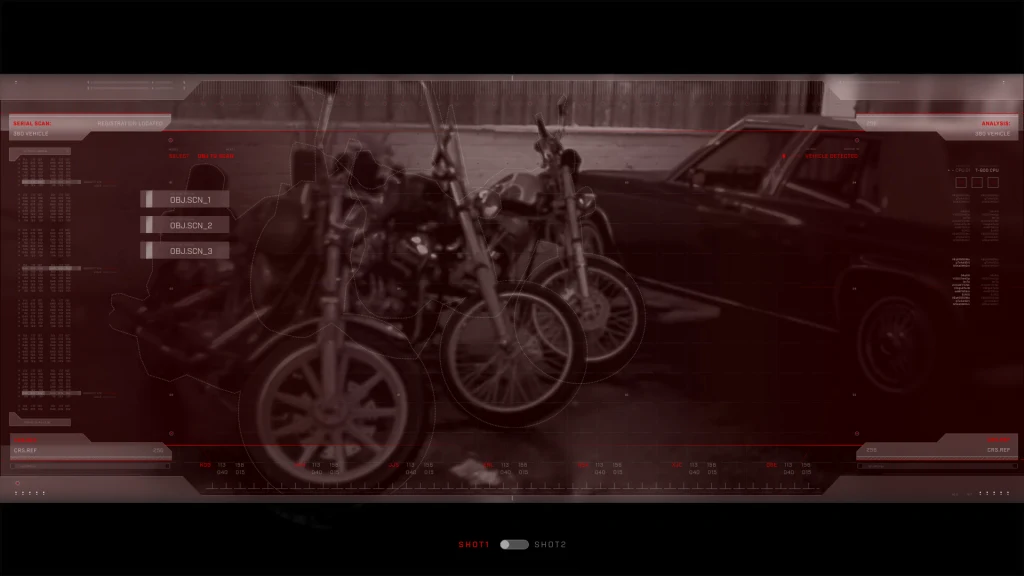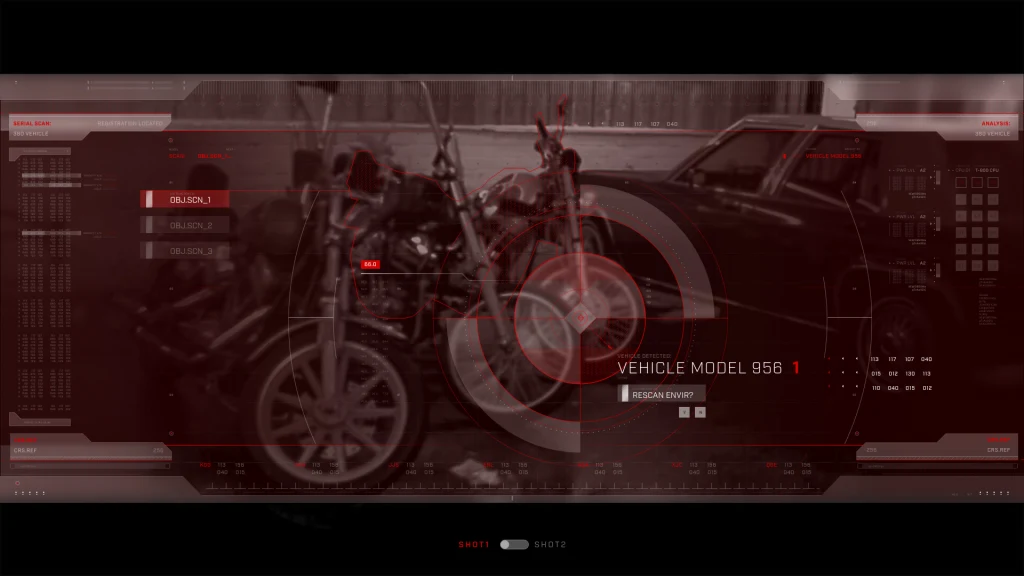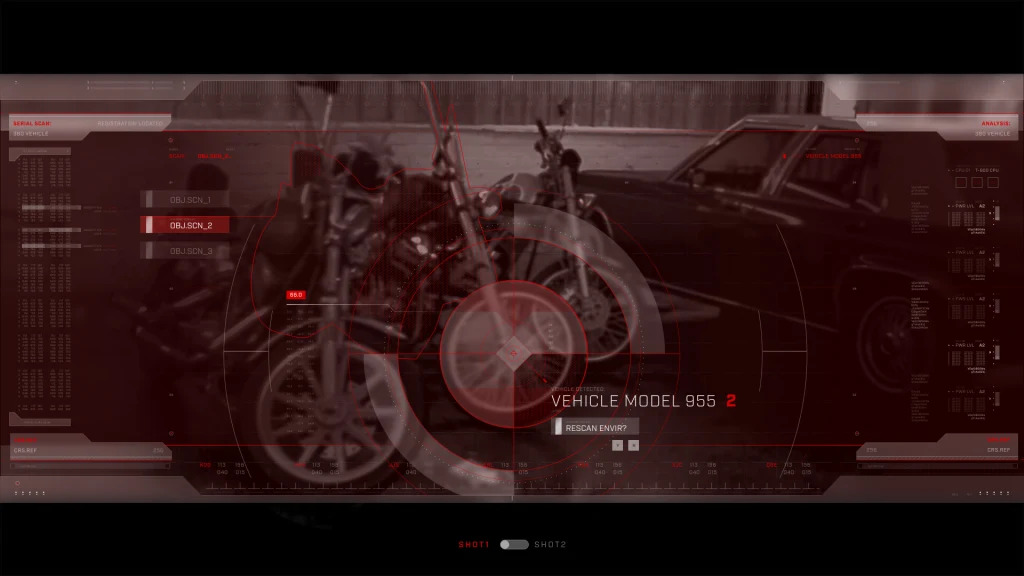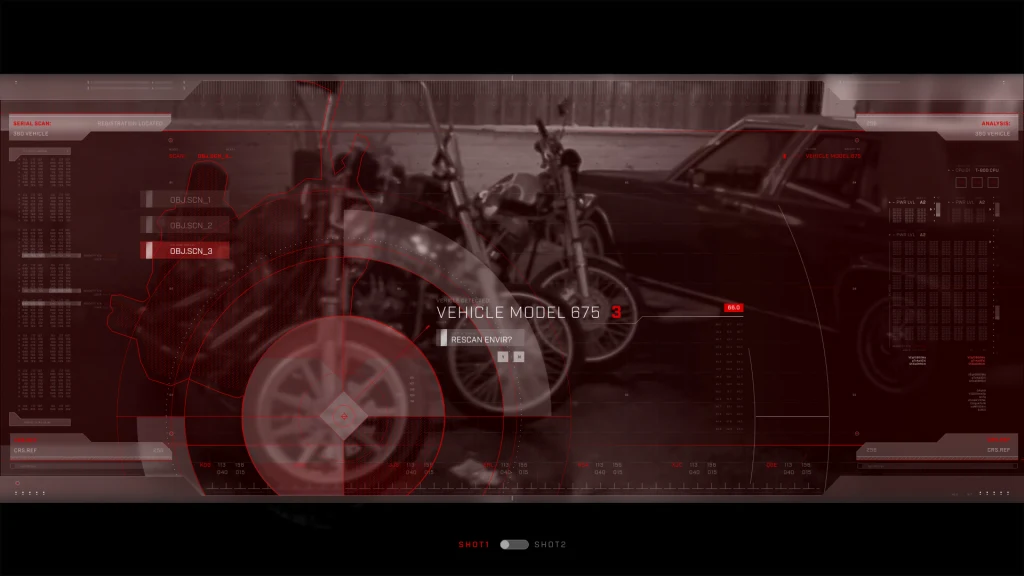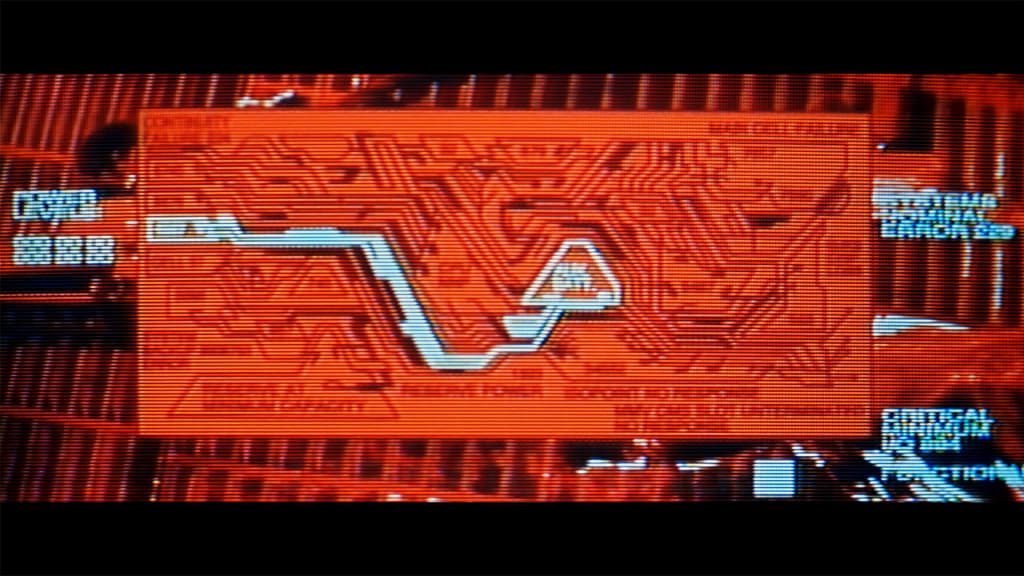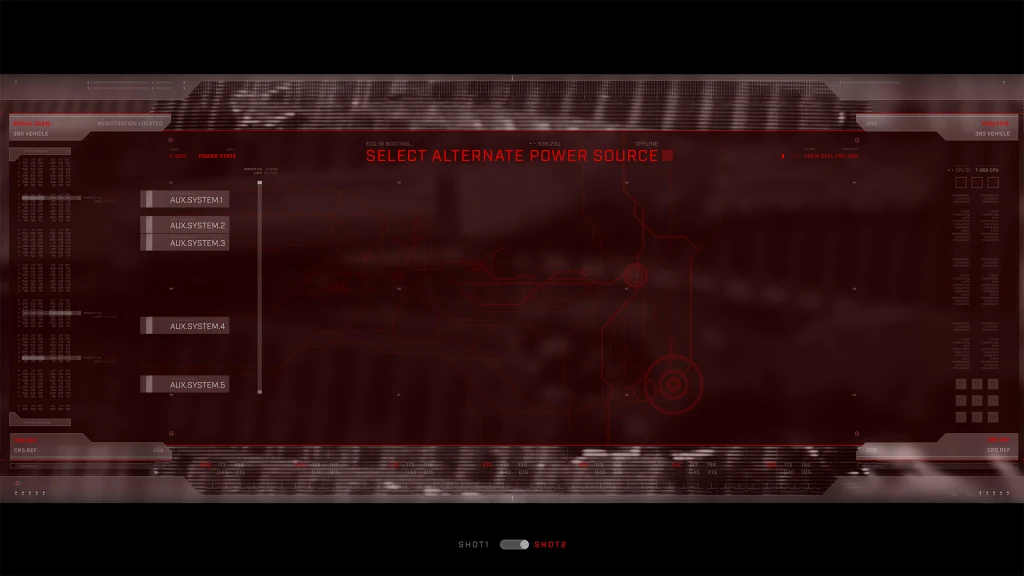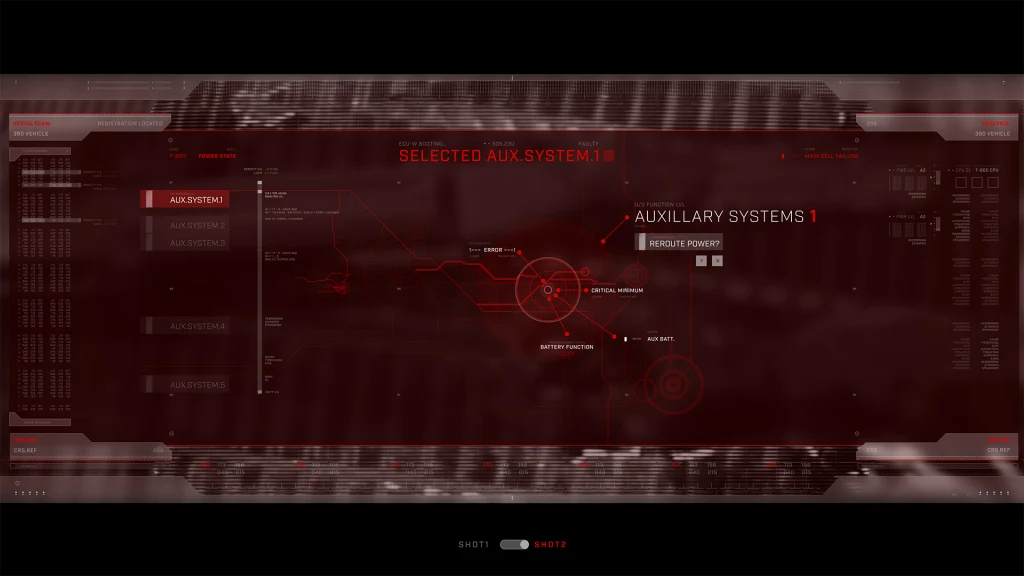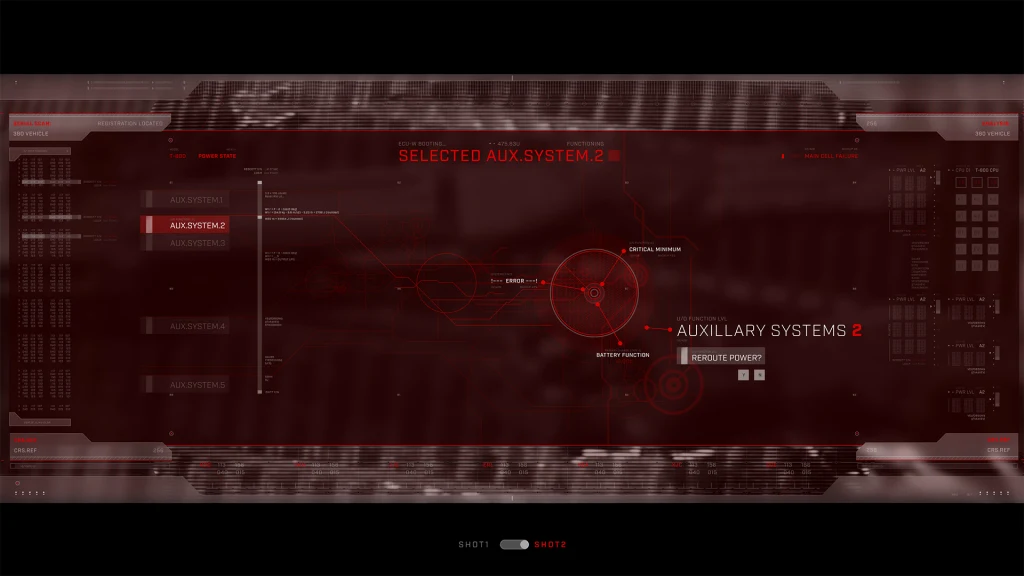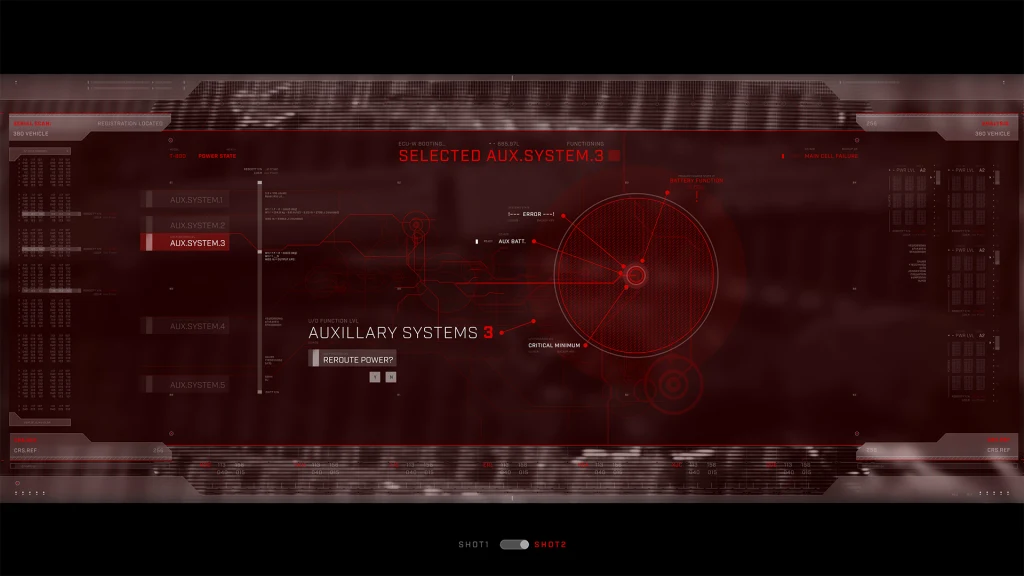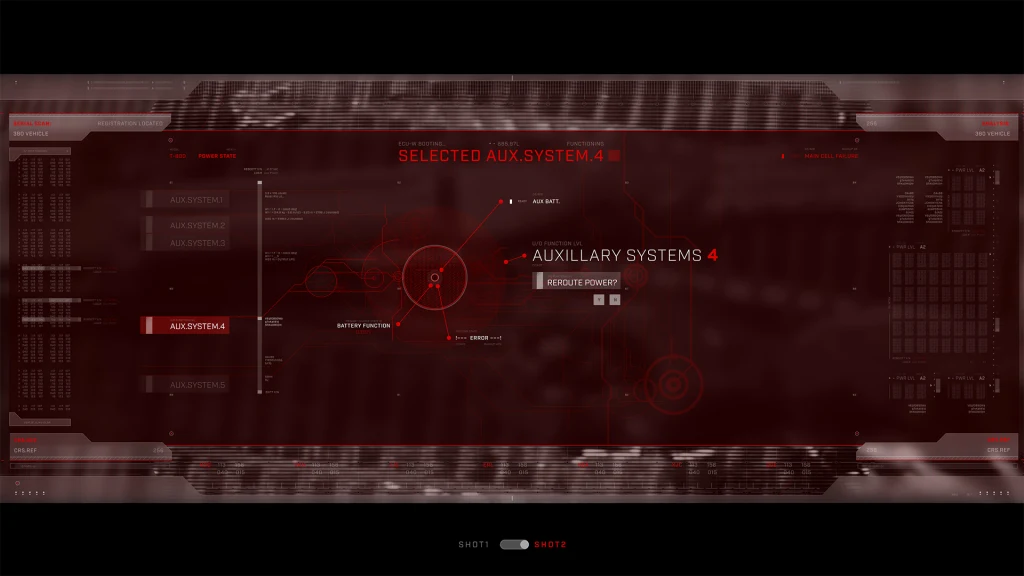The Terminator franchise is remembered for its incredible direction, strange moments of robotic perspective, and landmark special effects. Take the liquid metal T-1000 robot that was able to melt its way through gaps in bars or holes in windows. It was one of the first uses of computer-generated graphics on film, and yet it was so artfully executed that it will still give you shivers when rewatching the film today.
The movie’s interfaces, in particular, are some of the most iconic in film history. So, when Adobe was searching for a project to advertise the capabilities of Adobe XD, its free UX/UI prototyping software, the company quickly honed in on the idea of redesigning a few of the 1991 film’s on-screen interfaces. Specifically, Adobe wanted to update Terminator 2′s first-person HUD, or heads-up display, which is used by Arnold Schwarzenegger’s T-800, with a more contemporary aesthetic as a way of showing off the power of XD. To stack the deck in its favor, Adobe hired Territory Studios, known for designing UIs in sci-fi films like Avengers: Infinity War and Blade Runner 2049, to collaborate on the project.
Adobe licensed two specific frames to redesign, each of which features the red-tinted point of view of a killer robot attempting to make sense of the world around it. If you remember Terminator 2, the T-800 lands naked in the modern day and begins scanning for clothing and a sick ride. Nonsense numbers fill one corner of the Terminator’s screen, while the interface outlines shapes of objects for identification. This classic footage is really a beautiful play to signal computer vision to the audience, and not all that different from the bounding boxes that companies use to train vision AIs of today.
“The originals we saw as defined by the outline. We didn’t want to lose that outline,” says Marti Romances, creative director and cofounder of Territory Studios. “There’s some stuff on the sides [of the interface] we added as what if we could have more info than just the model. Fuel, things like this. It was just trying to give it a modern take of what they did on the original film.”
The concept of the outline stayed, but the designers added a ton of details on top of it. You can see that in how sharp and high resolution the new visuals look. It’s like the Terminator got an HD upgrade, and it’s been filled with more information. On the motorcycle scans, you can see details like vehicle registration and engine power. “It grew into something that really felt real, you could imagine the Terminator having many operating modes,” says Talin Wadsworth, lead product designer, Adobe XD.
In the second interface that Adobe and Territory remade, the T-800 has been stabbed by the T-1000. So the T-800 has to reroute power to stay functional. Again, the new version has a total detail dump–with a chart of Terminator power flows and information on computer cores. Frankly, if you’re a viewer glancing at the screen for a few seconds, it might look like too much information. That approach is very much Territory’s signature, and is a result of lessons learned by the studio quite early in its existence.
[Image: courtesy Adobe]
“We always go back to when we were working on the first show we did, Prometheus. We were still learning what graphics were going to make it through the lens, and which will be in the background,” says Romances. “We were working that way, making a hero graphic with very fine details, with the others graphics in [rough] the background. Guess what? All of a sudden, the director decided to change the camera position and our background graphics were all very sharp. We realized, from then on, everything we did would be very complex and filled.”
That attention to fine detail naturally matured into more articulated Terminator logic–a full Terminator OS that unifies both of these makeovers. “Every time I came to the studio, it was a geek session,” says Wadsworth. “It started as visually rich graphics, and it turned into a real theory of the underlying OS of the Terminator, and we were taking from best practices of systems design, and the Terminator as having an onboard OS.”
Their final product has a logic and consistency across screens. But if you’d like to explore the interface more, Adobe is making the files free to download (available soon through a direct link here). It’s the first time in history that Territory’s work has been distributed in such a way, editable and usable by anyone, rather than protected by strict Hollywood IP. Users can reverse engineer the project files as much as they like, to learn from the way Territory designs UI. But they can also put the UI into their own apps and platforms, too.
It’s a direct reflection of how sci-fi UI concepts become reality. I joke to the team that, by making these files live for anyone to use in products, they’re taking a vital, early step toward building Skynet itself.
“That’s always the first responsibility designers have,” laughs Wadsworth in response. “To destroy the world, or not.”
Recognize your brand’s excellence by applying to this year’s Brands That Matter Awards before the early-rate deadline, May 3.
